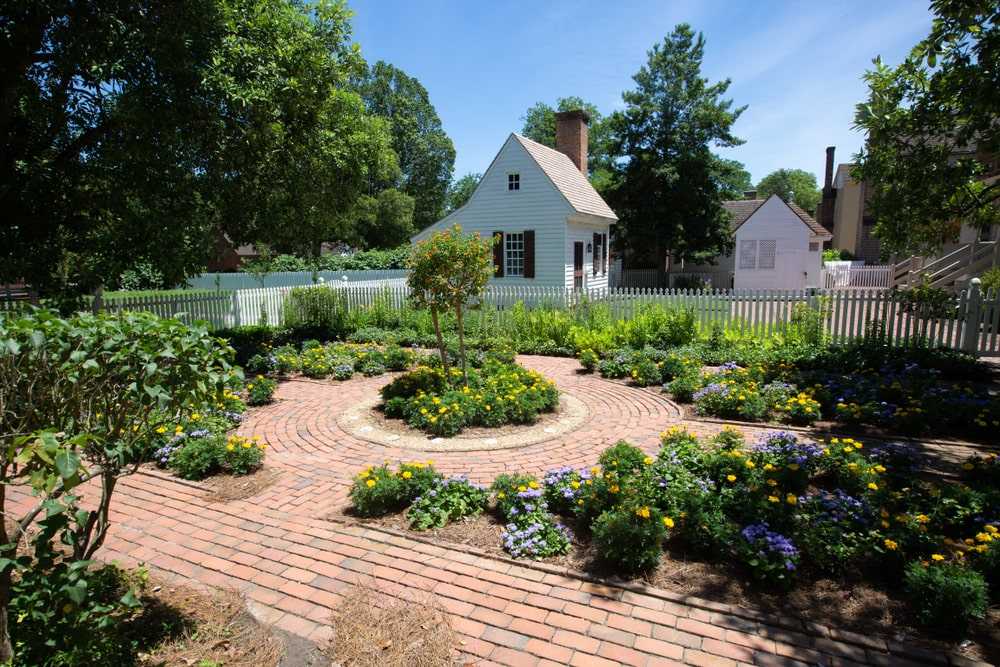Introduction
Hey there, fellow history enthusiasts and story seekers! Are you excited to dive into the emotional tales of Colonial Williamsburg’s past? Get yourself a cozy drink because we’re about to take a journey through time that’ll touch your heartstrings. In this emotional narrative, we’ll unravel the threads that bind us to the past, discovering the soul-stirring colonial Williamsburg history facts that echo through the ages.
A Symphony of Yesteryears
Imagine this: shut your eyes and picture it – the cobblestone streets, quietly watching as lives from a long time ago come and go. In Colonial Williamsburg, it’s not only about history; it’s like a beautiful mix of feelings that goes beyond time itself. Let’s dig into the emotional story of this magical time, where every brick feels alive, and every soft breeze tells a tale.
The Bruton Parish Church: Sanctuary of Souls
Pause for a moment in the embrace of the Bruton Parish Church, where the walls seem to exhale the very essence of centuries gone by. Did you know that beneath the solemn arches, hearts have soared in joy, and tears have fallen like sacred raindrops? It’s not merely a church; it’s a sanctuary where the spirits of the past find solace.
Taverns, Tales, and the Human Connection
Here’s another tidbit for you: step into the cozy atmosphere of the Raleigh Tavern, where the sounds of laughter and friendship used to bounce off the walls. This wasn’t only a spot for drinks; it was like a safe space for people’s hearts and souls. Picture the clinking of tankards, the resonance of hearty laughter – a testament to the shared human experience, transcending time and space.
Ghostly Whispers in the Moonlit Shadows
Imagine this: when the sun goes down, get ready for something that might give you goosebumps – the Ghosts of Williamsburg. Whether it’s just stories or not, the feelings left behind by the people who lived and went away stick around in the shadows near the Governor’s Palace and the Peyton Randolph House. Feel the ghostly whispers? It’s the residue of emotions woven into the very fabric of this historic town.
The Heartbeat of Revolution
As our journey through the emotional labyrinth of Colonial Williamsburg draws to a close, let us pause and reflect. These aren’t just stories etched on plaques or dates eternally preserved in history books. No, these are the heartbeats of a revolution, the dreams of individuals who dared to imagine a different world.
Conclusion: Where History Embraces Humanity
In the twilight of our exploration, remember this – Colonial Williamsburg isn’t frozen in time; it pulses with life.
Feel it in your bones: the feelings in the cobblestones aren’t old things; they’re like the threads weaving together our human story.
So, as you stroll along Duke of Gloucester Street, let your heart connect with the sounds of laughter, the whispers of wanting, and the loud cries of people fighting for what they believed in. The facts about Colonial Williamsburg’s history aren’t just cold information; they’re like the beautiful poetry of a time long ago, forever written in the emotional records of our past.
FAQs
Q1: Was Colonial Williamsburg a real town?
Indeed, it was! But more than bricks and mortar, it was a living, breathing entity where dreams were kindled and hearts entwined.
Q2: What’s with all the tricorn hats?
Ah, those hats! More than fashion, they were symbols of identity, worn with pride as a reflection of individuality in a world on the brink of change.
Q3: Did they really have tea parties in Williamsburg?
Oh, the tea parties! Beyond the porcelain cups and delicate sips, they were gatherings that stirred passions, both political and personal, in the hearts of Williamsburg’s residents.
